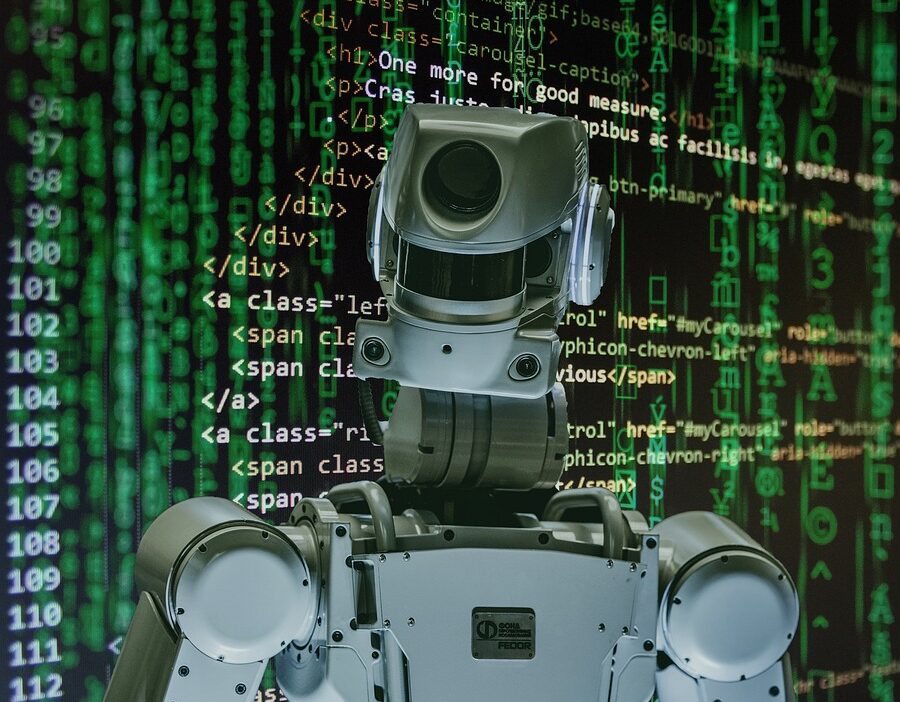As technology evolves at breakneck speed, the concept of the metaverse has emerged as a new frontier for human interaction, socialization, and economic exchange. Initially popularized by science fiction, the metaverse is now a developing reality, fueled by advancements in virtual and augmented reality, blockchain technology, and a host of other digital innovations. This article delves into the intriguing future of virtual interaction within the metaverse, examining its current state, potential applications, and the challenges that lie ahead.
What is the Metaverse?
The term "metaverse" refers to a collective virtual space where users can interact in real time through avatars, engage in immersive experiences, and even conduct business. Think of it as a combination of the internet, social media, and virtual reality, all seamlessly integrated into a persistent online environment that mirrors real life but is free from geographical constraints.
In the metaverse, individuals can connect with others globally, attend events, collaborate on projects, or simply explore digital landscapes. Major tech companies like Meta (formerly Facebook), Microsoft, and Roblox are investing heavily in making the metaverse a reality, each with its own unique vision for what this interconnected world might look like.
Current Applications of the Metaverse
Social Interaction
One of the primary allurements of the metaverse is its ability to foster community and social interaction. Platforms such as VRChat and AltspaceVR are already enabling users to gather in virtual settings, attend concerts, host meetings, or just hang out. These experiences mimic real-life interactions, often yielding deeper connections among users than those found in traditional online spaces.
Education and Training
The metaverse has significant potential for education and vocational training. Virtual classrooms can provide immersive learning experiences, from historical landscapes to scientific simulations. Companies are also using VR for employee training—a mechanic, for instance, can practice skills in a lifelike, risk-free virtual environment before working on real vehicles.
Gaming and Entertainment
Gaming has always been at the forefront of technological innovation, making it a natural foray into the metaverse. Games like Fortnite and Second Life already allow players to create, collaborate, and monetize their work, while advances in graphics and AI are set to enhance these experiences further. Events such as virtual concerts and film screenings already draw millions, showcasing the entertainment potential of the metaverse.
Commerce and Economy
The metaverse also paves the way for a new digital economy. Virtual marketplaces are emerging where users can buy, sell, and trade digital assets, often using cryptocurrencies as currency. Brands such as Nike and Gucci have begun creating virtual products, offering unique items for avatars and virtual fashion shows.
The Future of Interaction in the Metaverse
As the metaverse continues to grow, the way we interact digitally is likely to evolve significantly. Here are some key trends that may shape its future:
Enhanced Immersion
The development of technologies such as haptic feedback suits and advanced VR headsets will create more immersive experiences. Imagine attending a virtual concert where you can feel the bass and the crowd’s energy—all from your living room.
Interoperability
For the metaverse to reach its full potential, different platforms must communicate with one another seamlessly. Standards for interoperability will allow users to move their assets and identities across platforms, enriching the overall experience.
Decentralization
Blockchain technology could create a decentralized metaverse, where users own their digital assets rather than giving control to a central authority. This could revolutionize how brands, creators, and consumers engage with one another.
Privacy and Security
As with any digital landscape, privacy and security remain paramount concerns. Developing protocols that protect user data while allowing for freedom of interaction will be crucial for building trust and encouraging widespread adoption.
Challenges and Considerations
Despite its promising future, the metaverse also faces several significant challenges:
-
Digital Divide: Access to high-speed internet and advanced technology is unevenly distributed. Ensuring equitable access to the metaverse is essential to avoid creating an exclusive digital elite.
-
Mental Health: As users spend more time in virtual environments, there are growing concerns about addiction and its impact on mental well-being. Balancing virtual experiences with real-life interactions will be crucial.
-
Regulation: The metaverse’s rapid growth may outpace regulatory frameworks designed to protect users. Establishing guidelines around safety, ownership, and liability will be essential for fostering trust.
- Ethical Considerations: Issues such as harassment, misinformation, and the exploitation of virtual spaces will need to be addressed to ensure the metaverse is a safe and welcoming place for everyone.
Conclusion
The metaverse represents an exciting evolution in the way we communicate, learn, and engage with one another. As we continue to explore this digital frontier, it will be essential to address the challenges that arise while harnessing the immense potential the metaverse holds. As technology and creativity converge, the future of virtual interaction promises to be both transformative and inclusive, opening new avenues for connection in our increasingly digital world.



